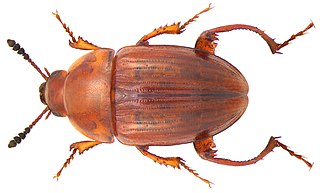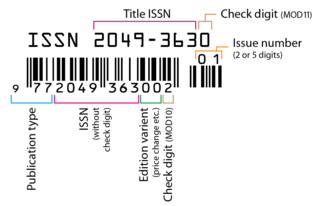Sciodrepoides is a genus of small carrion beetles in the family Leiodidae. There are about five described species in Sciodrepoides.
Hydnobius is a genus of round fungus beetles in the family Leiodidae. There are about seven described species in Hydnobius.

Leiodes is a genus of round fungus beetles in the family Leiodidae. There are at least 110 described species in Leiodes.
Catopocerini is a tribe of eyeless soil fungivore beetles in the family Leiodidae. There are at least 2 genera and 40 described species in Catopocerini.

Anisotoma is a genus of round fungus beetles in the family Leiodidae. There are at least 20 described species in Anisotoma.

Colon is a genus of round fungus beetles in the family Leiodidae. There are at least 80 described species in Colon.
Hippeutister is a genus of clown beetles in the family Histeridae. There are about six described species in Hippeutister.
Aglyptinus is a genus of round fungus beetles in the family Leiodidae. There are about five described species in Aglyptinus.
Heterosilpha is a genus of carrion beetles in the family Silphidae. There are at least two described species in Heterosilpha.

Colenis is a genus of round fungus beetles in the family Leiodidae. There are about six described species in Colenis.
Prionochaeta is a genus of small carrion beetles in the family Leiodidae. There are at least two described species in Prionochaeta.
Kalohydnobius dentatus is a species of round fungus beetle in the family Leiodidae. It is found in North America.
Hydnobius kiseri is a species of round fungus beetle in the family Leiodidae. It is found in North America.
Cyrtusa is a genus of round fungus beetles in the family Leiodidae. There are at least two described species in Cyrtusa.
Ipelates is a genus of primitive carrion beetles in the family Agyrtidae. There are at least two described species in Ipelates.

Necrodes is a genus of carrion beetles in the family Silphidae. There are at least three described species in Necrodes.
Platycholeus is a genus of small carrion beetles in the family Leiodidae. There are at least two described species in Platycholeus.
Triarthron lecontei is a species of round fungus beetle in the family Leiodidae. It is found in North America.
Triarthron is a genus of round fungus beetles in the family Leiodidae. There are at least two described species in Triarthron.








